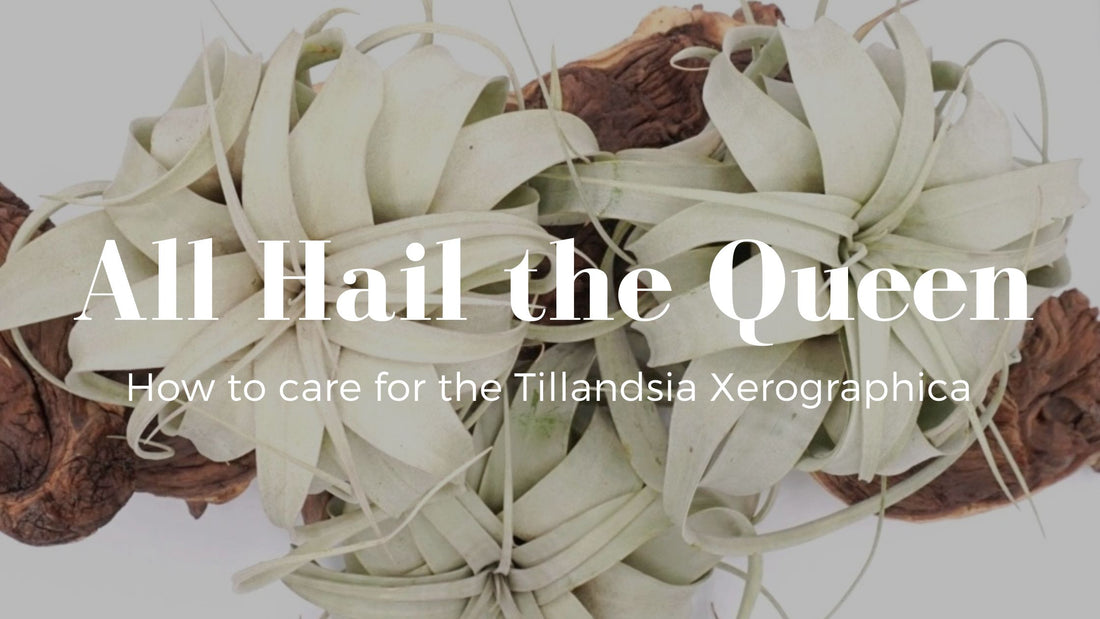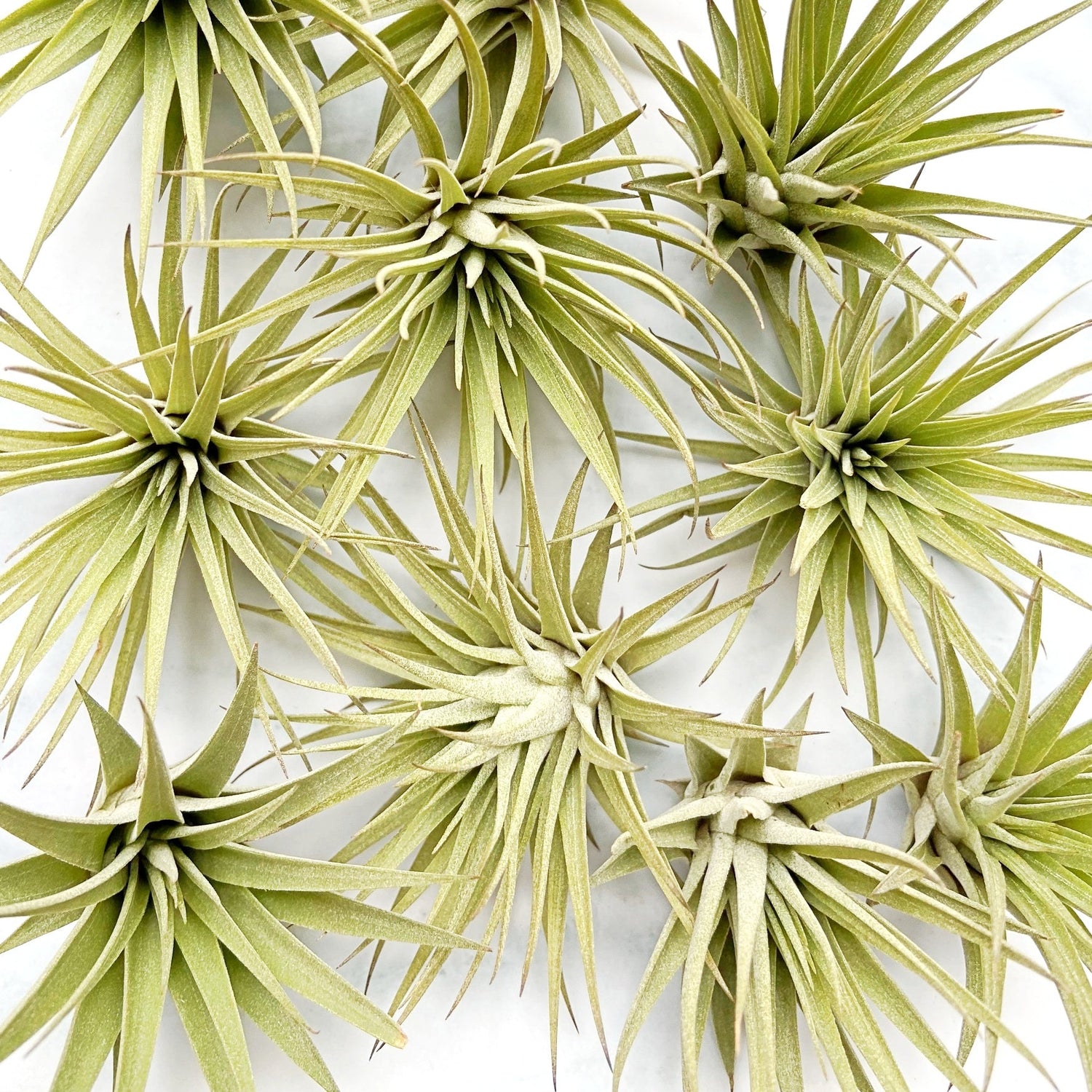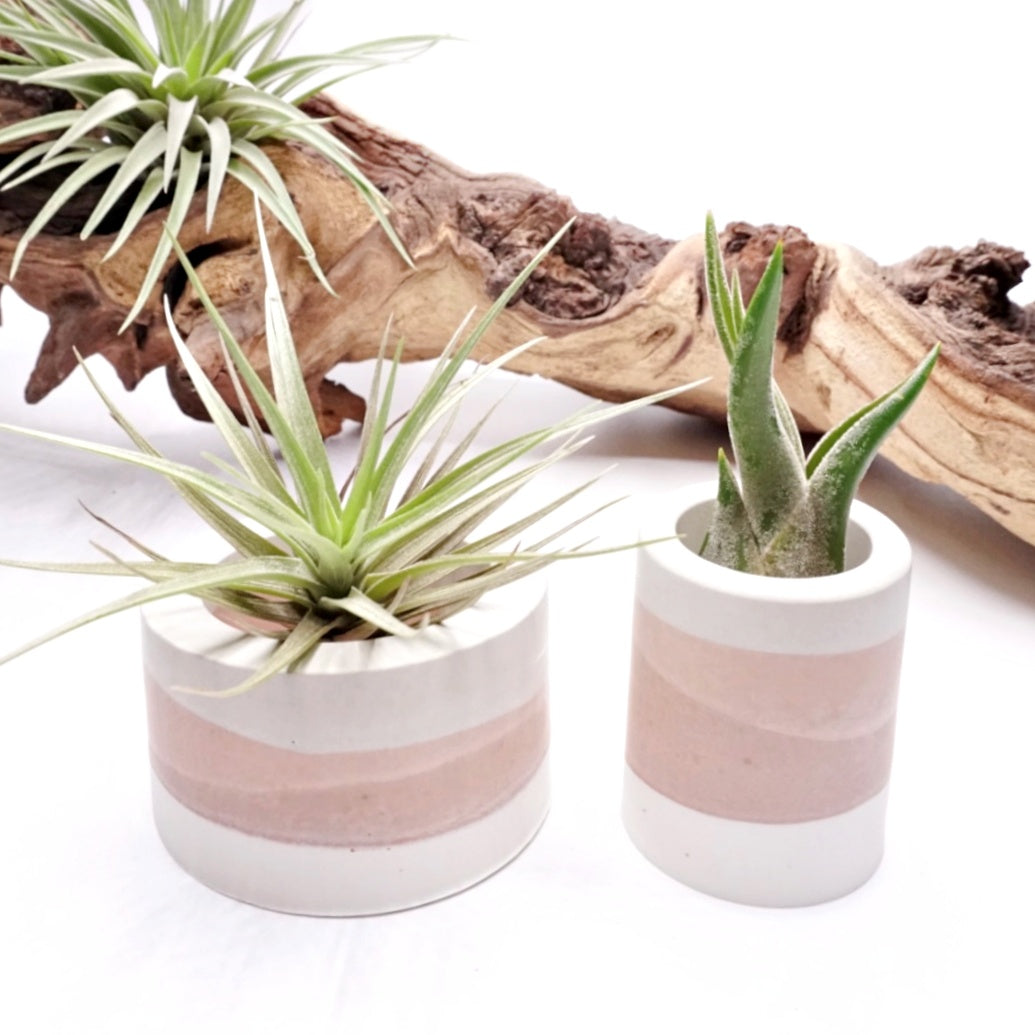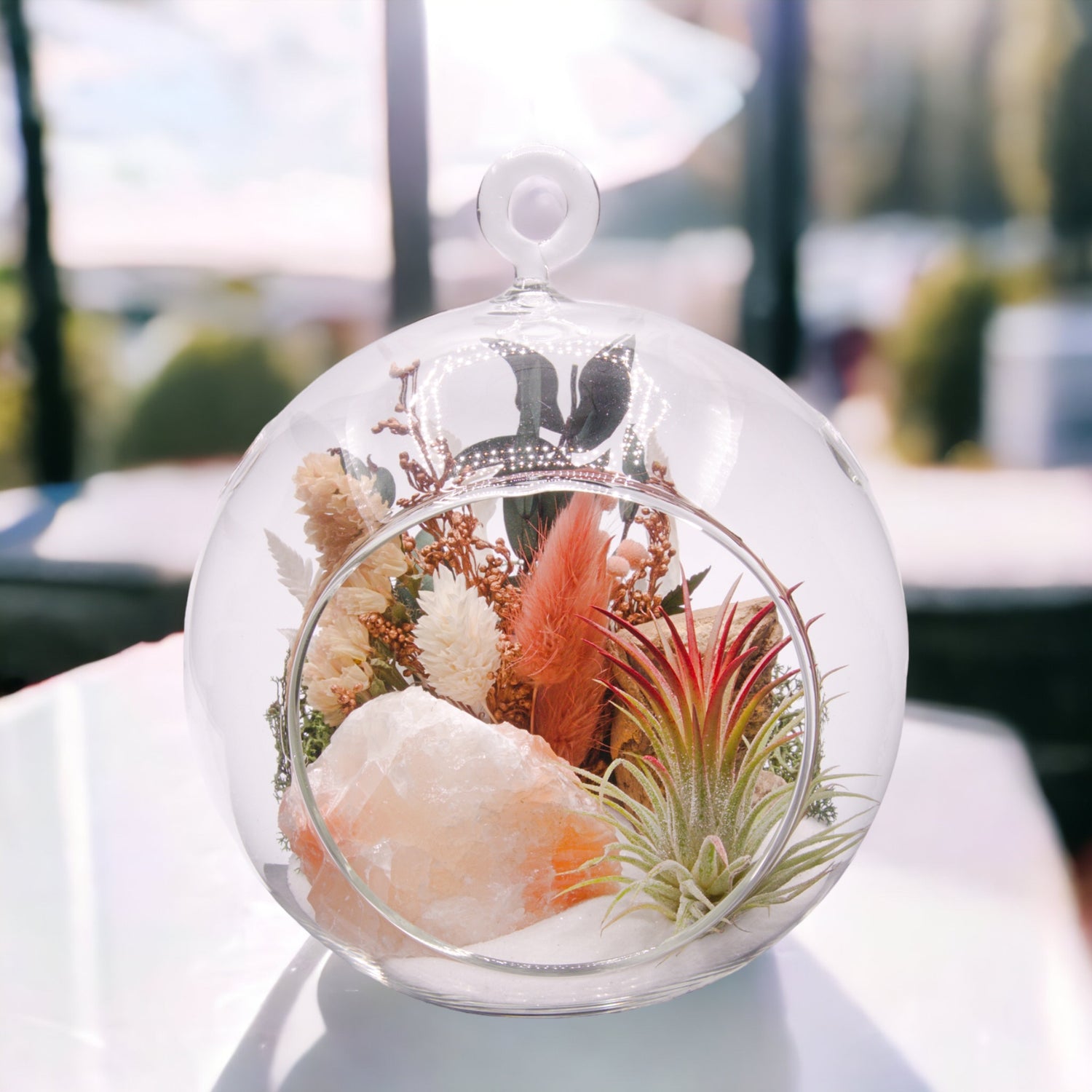Imagine a plant that needs no soil, minimal water, and yet exudes an air of ethereal beauty. Meet Tillandsia Xerographica, the captivating Queen of Airplants. Native to the arid regions of Central America, this remarkable epiphyte has captured the hearts of plant enthusiasts worldwide with its unique appearance and easy-care nature. In this guide, we will delve into the world of Tillandsia Xerographica, exploring its distinctive features and providing you with essential tips to ensure its thriving presence in your home.
Meet the Queen: Tillandsia Xerographica
Tillandsia Xerographica is a stunning epiphytic bromeliad that belongs to the family Bromeliaceae. Its name is derived from the Greek words "xeros," meaning dry, and "graphia," meaning writing, aptly describing its ability to thrive in arid conditions without the need for soil. This plant's aesthetic appeal lies in its gracefully curving, silvery-gray leaves that form an intricate rosette shape, often resembling a captivating living sculpture.

Caring for Tillandsia Xerographica: A Royal Treatment
Light Requirements: As the Queen of Airplants, Tillandsia Xerographica prefers bright, indirect light. Place it near a window with filtered sunlight to provide the right amount of illumination. Avoid exposing it to intense, direct sunlight, which can scorch its delicate leaves.
Temperature: Native to regions with fluctuating temperatures, Tillandsia Xerographica thrives in temperatures ranging from 50°F to 90°F (10°C to 32°C). Protect it from extreme cold and frost, which can harm the plant.
Watering Regimen: The key to successful Tillandsia Xerographica care lies in mastering its watering needs. I like to soak this airplant (i.e. completely submerged in water), once a week for 45 minutes. After watering, hold the plant by its base and gently shake out excess water. Let it dry upside down on a towel for a couple of hours. You can use a fan to speed up the dry time. Ensure the plant has ample time to dry completely, as excess moisture can lead to rot.
A quick word about the type of water you use: You can use tap water for your airplants, BUT make sure you allow enough time for the chlorine in the tap water to evaporate. The day before I water my airplants, I fill up a bowl with water and let it sit out overnight.
Air Circulation: As an airplant, Tillandsia Xerographica relies on good air circulation to prevent stagnation and moisture buildup. Provide proper ventilation by placing it in an area with gentle air movement.
Fertilization: Feed your Queen of Airplants with a diluted, balanced liquid fertilizer once a month during the growing season (spring and summer). Use a bromeliad-specific fertilizer or a general-purpose orchid fertilizer, following the package instructions.
Display Options: Embrace the versatile nature of Tillandsia Xerographica by showcasing it in various creative ways. Mount it on driftwood, place it in decorative containers, or hang it in glass terrariums for a captivating centerpiece.
Potential Challenges and Solutions
Overwatering: Excessive moisture is the primary cause of issues in Tillandsia care. To avoid overwatering, ensure the plant dries completely after each watering and adjust your watering frequency based on humidity levels.
Pests: While Tillandsia Xerographica is relatively resistant to pests, occasional mealybug or scale infestations can occur. Gently remove pests with a soft brush or cotton swab dipped in rubbing alcohol.
Conclusion
Tillandsia Xerographica, the Queen of Airplants, enchants with its elegant form and minimal care requirements. Its ability to thrive without soil, coupled with its striking appearance, makes it a perfect addition to any plant enthusiast's collection. By providing the right light, temperature, and watering regimen, you can ensure that your Tillandsia Xerographica reigns supreme in your home, gracing your living spaces with its regal allure for years to come. Bow to the beauty of the Queen of Airplants and embark on a captivating journey into the world of Tillandsia care.




